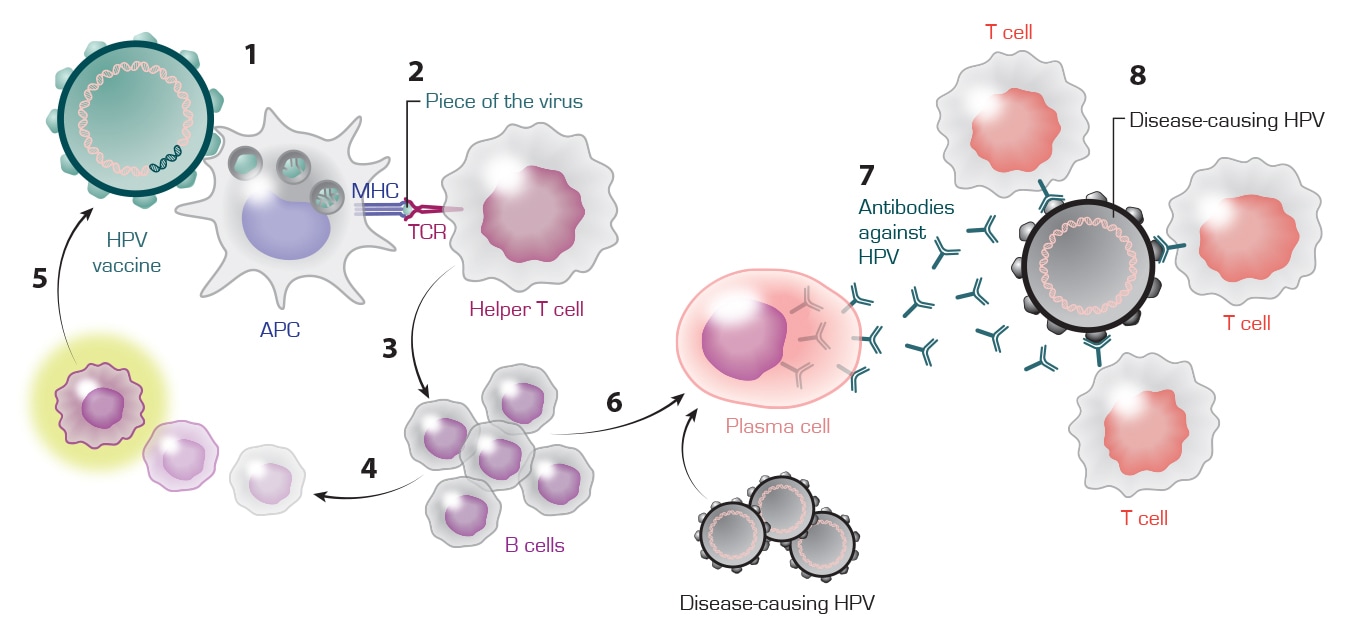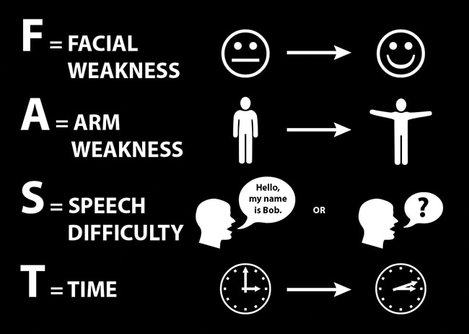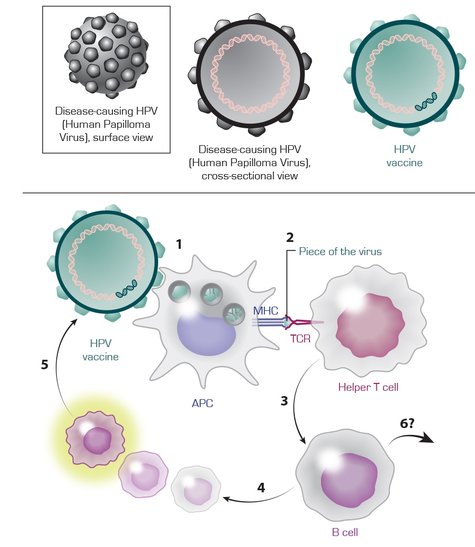To conclude our cancer vaccine story, we are going to take a closer look at the multi-tasking abilities of the B cell.
In the last post, we covered how the B cell has the ability to transform into a killer T cell (which is pretty COOL) that can take care of the very invading foreign particle which first stimulated it into action.
Furthermore, the B cell is also capable of transforming into another type of cell, called the plasma cell. This is actually an extremely important aspect of our immune system, and that is, the ability to catalog what has been encountered in order to recognize and quickly destroy the foreign particles the next time it invades our bodies. And because it already has the recognition part down, it works far faster and much more powerfully to neutralize that threat.
So in the graphic, some of the B cells will go in the direction of arrow 4, while a smaller fraction will go the way of arrow 6. These transformed B cells become plasma cells, which serve as the filing cabinets of the immune system that are coupled with a powerful search engine. So, if that foreign particle once again gets into our bodies, the plasma cells rapidly (and I mean rapidly) identify the invader as “bad” and signals the T cells to attack and destroy.
It is a truly, amazing defense system. And thanks to scientific research, we have folks dedicated to figuring out how to stimulate and fine tune our natural defense system to work more effectively for us.
In the last post, we covered how the B cell has the ability to transform into a killer T cell (which is pretty COOL) that can take care of the very invading foreign particle which first stimulated it into action.
Furthermore, the B cell is also capable of transforming into another type of cell, called the plasma cell. This is actually an extremely important aspect of our immune system, and that is, the ability to catalog what has been encountered in order to recognize and quickly destroy the foreign particles the next time it invades our bodies. And because it already has the recognition part down, it works far faster and much more powerfully to neutralize that threat.
So in the graphic, some of the B cells will go in the direction of arrow 4, while a smaller fraction will go the way of arrow 6. These transformed B cells become plasma cells, which serve as the filing cabinets of the immune system that are coupled with a powerful search engine. So, if that foreign particle once again gets into our bodies, the plasma cells rapidly (and I mean rapidly) identify the invader as “bad” and signals the T cells to attack and destroy.
It is a truly, amazing defense system. And thanks to scientific research, we have folks dedicated to figuring out how to stimulate and fine tune our natural defense system to work more effectively for us.




 RSS Feed
RSS Feed
